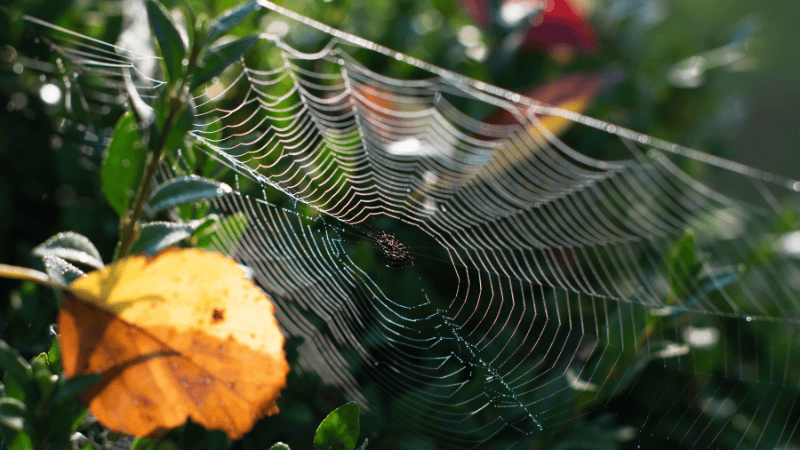Autumn Signals a Return of the Stink Bug

In our last blog, we discussed the four pests that are most commonly found around and inside homes in the fall months of September, October, and November. Stink bugs are one such pest that may alarm homeowners.Mid-September is when we normally start getting calls about an odd looking bug that seems to have made its way inside the homes, in large numbers, of many residences in the northeast. September, and again in May, are the two times that we see a major uptick in calls for the dreaded brown marmorated stink bug. Here is a closer look at these critters and what you can do to prevent an invasion this year.

Why Do They Emerge in the Fall (and Spring)?
Stink bugs tend to show up in the fall, and again in the spring, where they warm themselves on the sunniest side of the exterior of homes or structures. They are soaking in the warmth before the onset of winter (when they show up in the fall,) and conversely warming up after a long winter in the spring months.In the fall, stink bugs are preparing to overwinter during the colder New England months. They often invade homes in massive numbers starting by attaching themselves to the exterior structure before heading into the safety of the interior siding or walls of homes. It is understandable why a homeowner would be alarmed when they suddenly see a swarm of stink bugs attached to the screens, windows, and siding of their home.
Do Stink Bugs Cause Damage or Disease?
One of the first things we are asked about these shield-shaped pests is whether they can cause damage to a home or harbor disease. As for damage, sadly, the answer is yes. The dropping of these pests can stain rugs, furnishing, curtains, walls, and other items inside a home. They can also make a major stink if they are startled or crushed.As for disease, these bugs do not harbor diseases like many pests do. Their biggest issue is the malodorous smell, large numbers that tend to invade, and the stains their droppings can cause.

What Actions Should Homeowners Take?
Unfortunately, once stink bugs enter a home, they are difficult to remove without professional help. We suggest sealing up the exterior of your home, most especially the screens, windows, siding, and doors. Use weather stripping under doors and along windows to prevent entry. Be sure you have eliminated as many entry points as possible.We also suggest not swatting at or killing them in your home, but rather removing as many as possible with a piece of paper or other item to scoop them up and place outdoors. Talk to our professionals and find out more about how you can prevent these smelly pests from entering your home this fall.



